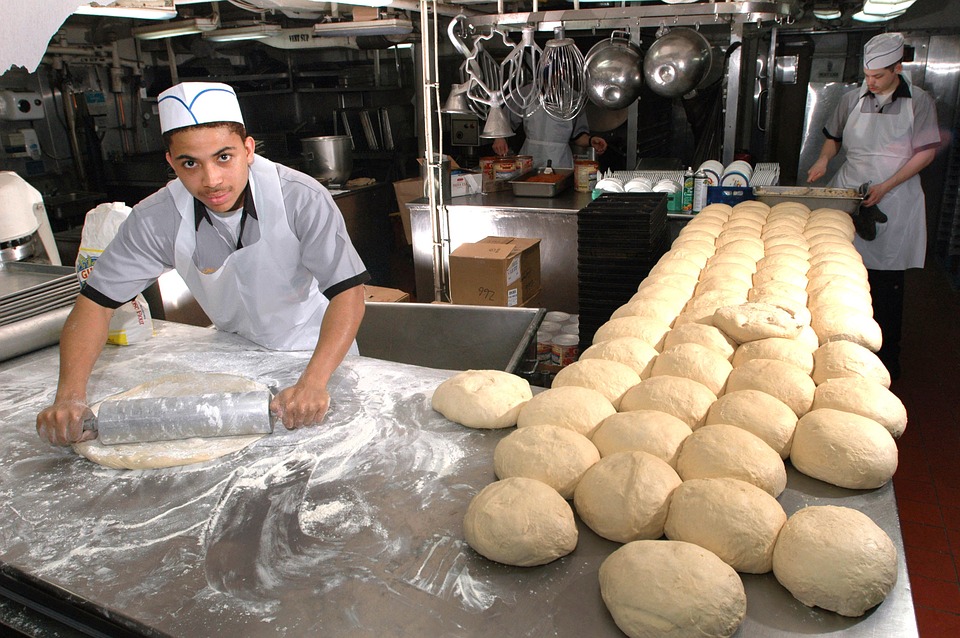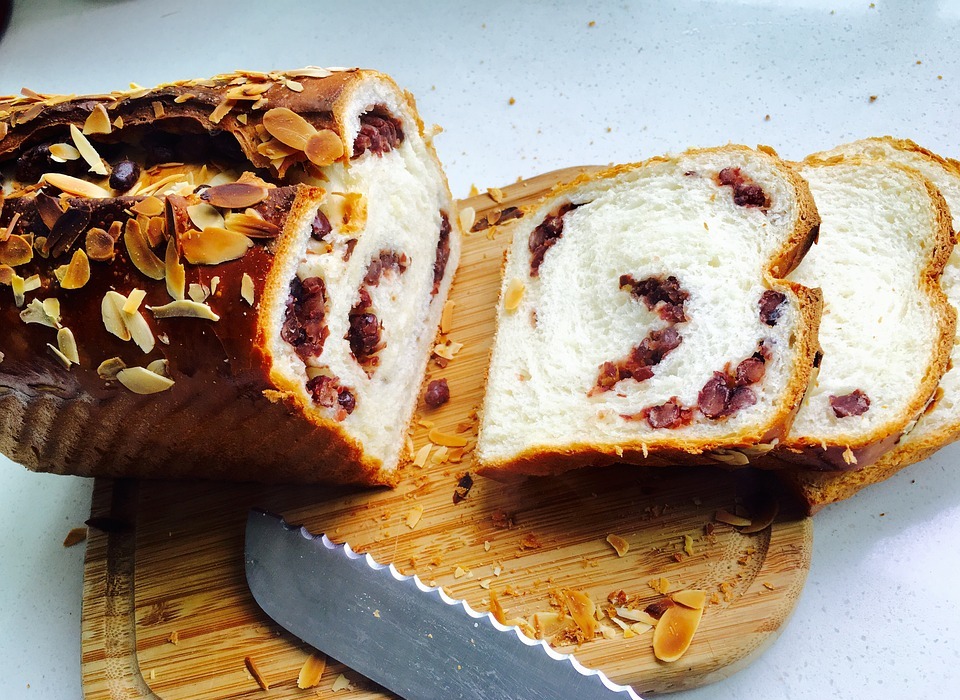This comprehensive article explores the complex question of whether cats can safely consume bread, investigating the potential benefits and drawbacks. We'll delve into the nutritional value of bread for felines, the risks associated with bread consumption, and provide insights into how to determine if bread is suitable for your cat's diet.
Part 1: The Nutritional Value of Bread for Cats

1.1. Carbohydrates: The Primary Energy Source
Bread is primarily composed of carbohydrates, serving as the body's primary source of energy. However, cats are obligate carnivores, meaning their bodies are designed to thrive on a diet rich in animal-based protein. Their digestive systems are not well-equipped to efficiently process carbohydrates.
- While bread can provide some calories, it's not a suitable or efficient source of energy for cats.
- Cats can derive energy more effectively from protein and fats found in meat and animal by-products.
- Excessive consumption of carbohydrates can lead to weight gain, insulin resistance, and other metabolic issues in cats.
1.2. Fibre Content: A Potential Digestive Issue
Some bread varieties, particularly those made with whole grains, contain fibre. While fibre is beneficial for digestive health in humans, cats require far less fibre than their human counterparts.
- Too much fibre can cause digestive upset in cats, leading to diarrhoea, constipation, and bloating.
- It's crucial to select bread with minimal fibre content if you choose to offer it to your cat.
- White bread generally contains less fibre than whole-grain varieties, but even white bread can cause digestive issues in sensitive cats.
1.3. Limited Vitamins and Minerals
Bread contains a limited amount of vitamins and minerals. However, these are not readily absorbed by cats due to their unique digestive physiology.
- Cats require a balanced diet rich in animal-based sources of essential vitamins and minerals, such as taurine, vitamin A, and arachidonic acid.
- These nutrients are crucial for healthy vision, heart function, immune system, and overall well-being.
- Bread is not a reliable source of these vital nutrients for feline health.
Part 2: Potential Risks of Bread Consumption

2.1. Digestive Issues: A Common Concern
Bread can be difficult for cats to digest due to its high carbohydrate content and often complex ingredients.
- Indigestion, bloating, gas, and diarrhoea are common side effects of bread consumption in cats.
- Cats with sensitive stomachs are particularly susceptible to these issues.
- Yeast and mould present in stale or improperly stored bread can further exacerbate digestive problems.
2.2. Obesity: A Serious Health Risk
Bread is calorie-dense, and excessive consumption can contribute to weight gain in cats.
- Obesity is a significant health risk for cats, leading to various diseases, including diabetes, heart disease, joint problems, and liver disease.
- Even small amounts of bread can contribute to calorie intake, especially for cats with sedentary lifestyles.
- Maintaining a healthy weight is crucial for extending a cat's lifespan and improving overall health.
2.3. Yeast and Mould: A Hidden Danger
Bread can harbour yeast and mould, especially if it's stale or improperly stored.
- These microorganisms can cause digestive upset and other health problems in cats, including allergies and respiratory issues.
- Always ensure the bread you offer is fresh, free from mould, and stored appropriately.
- Avoid offering bread that has a musty or stale odour, as this is a sign of potential yeast or mould growth.
2.4. Choking Hazard: A Serious Risk
Bread can be a choking hazard for cats, particularly if it's given in large pieces or if the cat is excited or anxious while eating.
- Small pieces of bread are easier for cats to swallow without choking.
- It's recommended to break bread into small, manageable pieces before offering it to your cat.
- Always supervise your cat while they are eating bread, especially if they are prone to gulping their food.
2.5. Toxic Ingredients: A Hidden Threat
Some bread varieties contain ingredients that are toxic to cats, such as raisins, grapes, onions, garlic, and xylitol (an artificial sweetener).
- Even small amounts of these ingredients can cause kidney failure, liver damage, and other serious health problems in cats.
- Always read the ingredient list carefully before offering bread to your cat.
- Avoid bread varieties that contain these toxic ingredients and opt for plain bread with minimal ingredients.
Part 3: When is Bread Safe for Cats?

3.1. Small, Occasional Treats: With Caution
Bread can be given as an occasional treat in small quantities, but it's essential to approach this with caution.
- Select plain bread varieties with minimal ingredients, no added sugars, sweeteners, or flavourings.
- Offer only a small piece, ensuring it's broken into tiny pieces for easier digestion and reduced choking risk.
- Monitor your cat for any signs of digestive upset after consuming bread, and discontinue offering it if any issues arise.
3.2. Bread-Based Treats: Read the Labels Carefully
Some commercially available cat treats are made with bread ingredients.
- These treats are typically formulated with balanced nutrients suitable for cats and should be considered a safer option than plain bread.
- Choose treats from reputable brands with high-quality ingredients and minimal added sugars and preservatives.
- Always check the ingredient list to ensure the treats do not contain any toxic ingredients for cats.
Part 4: Alternatives to Bread for Cats
4.1. Meat-Based Treats: A Natural Choice
Cats are naturally drawn to meat flavours and are designed to thrive on protein-rich diets.
- Offer small pieces of cooked meat, such as chicken, turkey, or fish, as a healthy and satisfying treat.
- Ensure the meat is cooked thoroughly and free of bones to prevent choking and potential digestive issues.
- Avoid offering raw meat to your cat, as it can contain harmful bacteria and parasites.
4.2. Commercial Cat Treats: Variety and Quality
A wide range of cat treats are available commercially, offering a variety of flavours, textures, and nutrient profiles.
- Choose treats formulated for cats, containing balanced nutrients, including protein, fats, and essential vitamins and minerals.
- Avoid treats high in sugar, artificial colours, and preservatives, as these ingredients can contribute to health problems in cats.
- Consider treats designed for specific dietary needs, such as weight management, dental health, or hairball control.
Part 5: Consulting Your Veterinarian
5.1. Individualised Advice: A Crucial Step
It's essential to consult your veterinarian for personalised dietary advice for your cat.
- They can assess your cat's health, weight, and any pre-existing conditions to determine the most appropriate treats.
- They can guide you on the safe and appropriate amount of bread, if any, to offer, based on your cat's individual needs.
- Your veterinarian can also address any concerns you have about potential risks associated with bread consumption.
5.2. Health Considerations: A Holistic Approach
Your veterinarian can advise on potential risks based on your cat's health conditions.
- Cats with digestive issues, obesity, diabetes, kidney disease, or other health concerns may not be suitable for bread treats.
- Your veterinarian can provide tailored advice based on your cat's individual needs and health status, ensuring their safety and well-being.
- Open communication with your veterinarian is crucial for maintaining your cat's health and preventing potential complications.
Part 6: FAQs
6.1. Can cats eat white bread?
While white bread can be given as a rare treat in small quantities, it's not a nutritionally beneficial food for cats. It's best to offer whole-grain bread with minimal added ingredients, but even then, moderation is key.
6.2. Is bread bad for cats?
Bread is not inherently harmful to cats, but it's not essential for their diet. Excessive consumption of bread can lead to digestive problems, weight gain, and other health issues, especially for cats with sensitive stomachs or pre-existing conditions.
6.3. What kind of bread can cats eat?
Plain, whole-grain bread with minimal ingredients is the safest option, but even then, it's best to offer it sparingly. Avoid bread with raisins, grapes, onions, garlic, xylitol, or other ingredients toxic to cats.
6.4. Can cats eat bread crusts?
Bread crusts can be a choking hazard for cats, especially if they are not broken into small pieces. It's best to avoid offering bread crusts to your cat, as they are harder to digest and pose a choking risk.
6.5. How much bread can a cat eat?
Cats should only consume bread as a rare treat in small quantities. The amount will vary depending on the cat's size and weight, but it's generally recommended to limit it to a small piece or two per week. Consult your veterinarian for personalised advice.
6.6. Can cats eat bread with butter?
Butter is high in fat and calories, making it unsuitable for cats. It's best to avoid offering buttered bread to your feline companion, as it can contribute to obesity and other health problems.
6.7. What are some healthy alternatives to bread for cats?
Meat-based treats, commercial cat treats, and small pieces of cooked meat are healthier alternatives to bread for cats. Choose treats formulated for cats, containing balanced nutrients, and avoid treats high in sugar, artificial colours, and preservatives.
Remember, your cat's health and well-being are paramount. Always consult with your veterinarian before introducing any new food or treat to your cat's diet, ensuring their safety and optimal nutrition.
Everyone is watching
-

Are Cat Ribs Flexible? Understanding Their Anatomy
CATS & KITTENSThis article delves into the fascinating world of feline anatomy, exploring the flexibility of cat ribs and ho...
-

Can Cats Eat Bananas? (Everything You Need to Know)
CATS & KITTENSThis article dives into the intriguing question of whether cats can safely enjoy the sweet, yellow fruit, bana...
-

Cat Lifespan: How Long Do Cats Live?
CATS & KITTENSThis comprehensive guide explores the factors influencing the lifespan of our feline companions, providing ins...
-

Can Cats Get COVID-19? What You Need to Know
CATS & KITTENSThis article will delve into the fascinating world of feline COVID-19 susceptibility. We'll explore whether ca...
-

Can Cats Eat Eggs? A Complete Guide to Egg Safety for Your Feline Friend
CATS & KITTENSWhen it comes to treating our furry companions, we all want to ensure we're doing what's best for them. Eggs...
